Best mobile app development frameworks in 2025
Mobile apps are no longer “nice-to-have”—they’re the drivers of digital business. Whether eCommerce, FinTech, HealthTech or food delivery, apps fuel growth, loyalty, and user engagement.
- May 23, 2025
- by Tarun
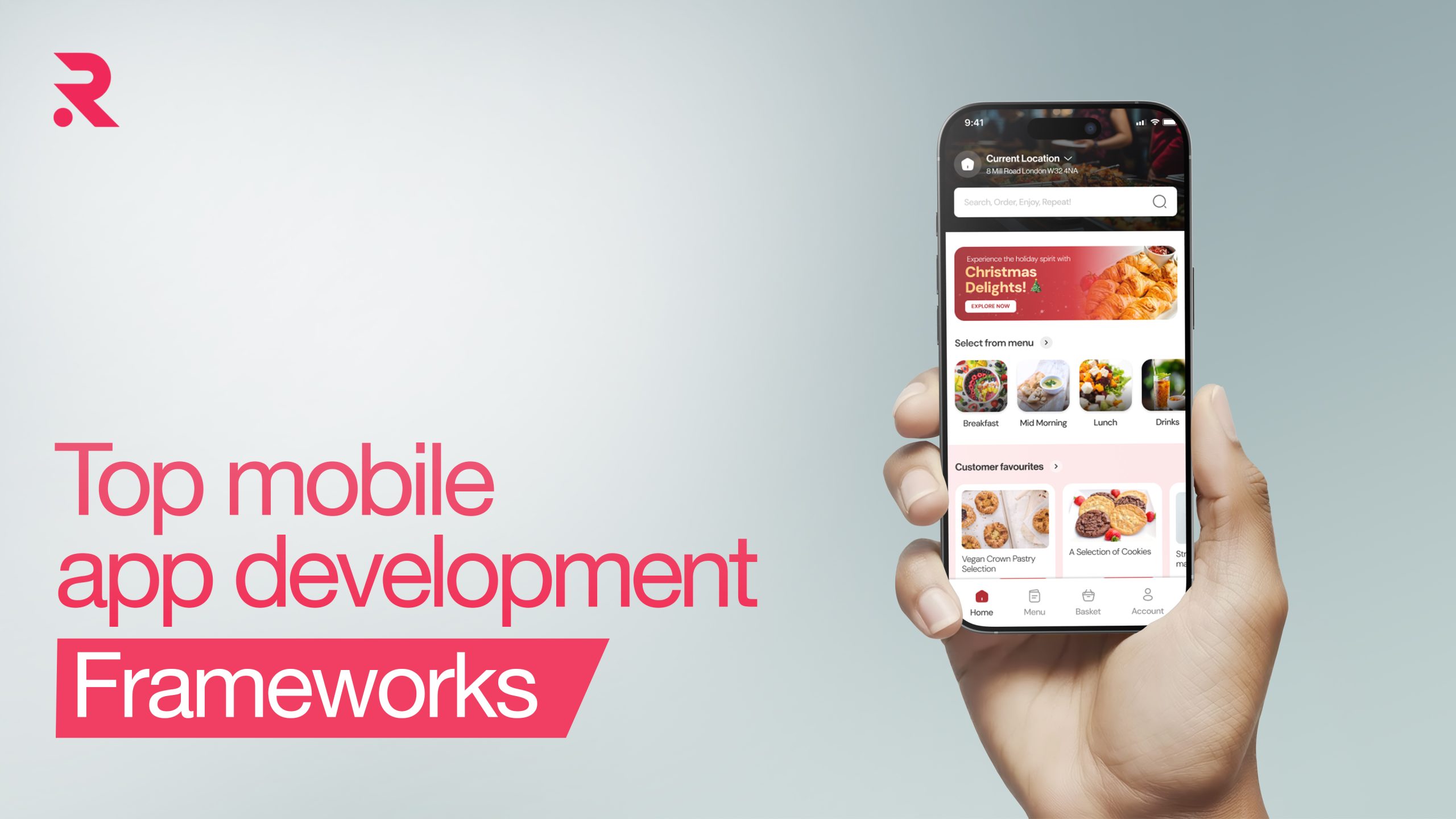
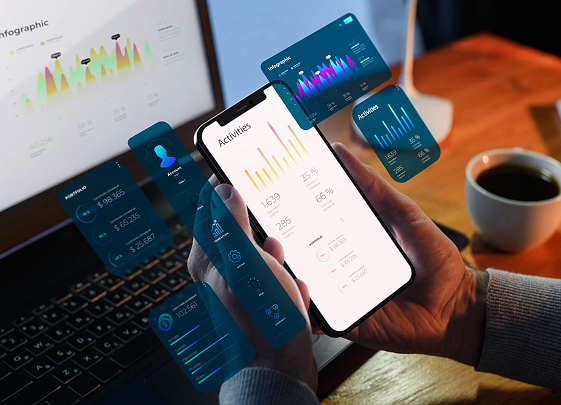
Which framework should you develop your app on in 2025?
In the ultra-connected world, we live in today, mobile app development is no longer merely coding—it’s about making the right decisions, creating smooth experiences, and anticipating user expectations. The need for accelerated development cycles, cross-platform deployment, and native-level performance has driven the explosion of innovative frameworks. As we venture deeper into 2025, the risks are greater and the choices more mature.
At RVS Media, we’ve worked with countless clients who’ve asked the same thing: What’s the best mobile app development framework right now? This guide is our definitive answer.
In this article, we’ll break down:
- The top mobile app development frameworks to watch (and use) in 2025
- The key features that make each one stand out
- How to pick the right framework for your business needs
- And our expert recommendation based on real-world use cases
Therefore, if you are planning to release a mobile app this year or update an existing one, this piece will guide you towards making a future-proof choice.

Which Mobile App Development Framework Is Best for 2025?
Before we look at the candidates, let’s look at the glaring issue: what exactly makes the “best” mobile app development framework for 2025?
To learn more about Mobile App development read ours Mobile App Development for Businesses Guide!
As technology advances and user needs go hog wild, the nature of a “good framework” has come a long way. It is no longer just about speed but native performance, scalability, security, and ease of use alongside the current tech stack.
Here are the top things startups, businesses, and developers are concerned about this year:
Cross-Platform Capability

iOS and Android user distance vanishes. Companies dream of a “build once, run anywhere” experience for cost and time efficiency. An immaculate framework in 2025 should allow developers to code once and deploy to many platforms—without compromising user experience.
Performance Equivocal to Native
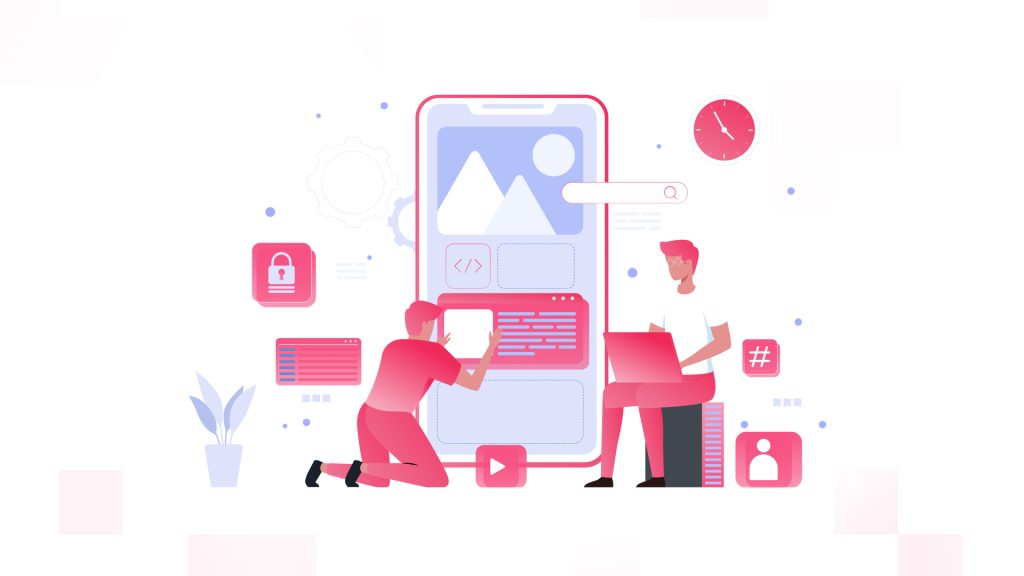
Frameworks must offer near-native or native-like performance. Users must be able to enjoy smooth animations, instant loading times, and no lag—on whatever device they happen to be using. That means frameworks must optimize rendering, resource usage, and hardware support.
Tools & Community Support Built for Developers
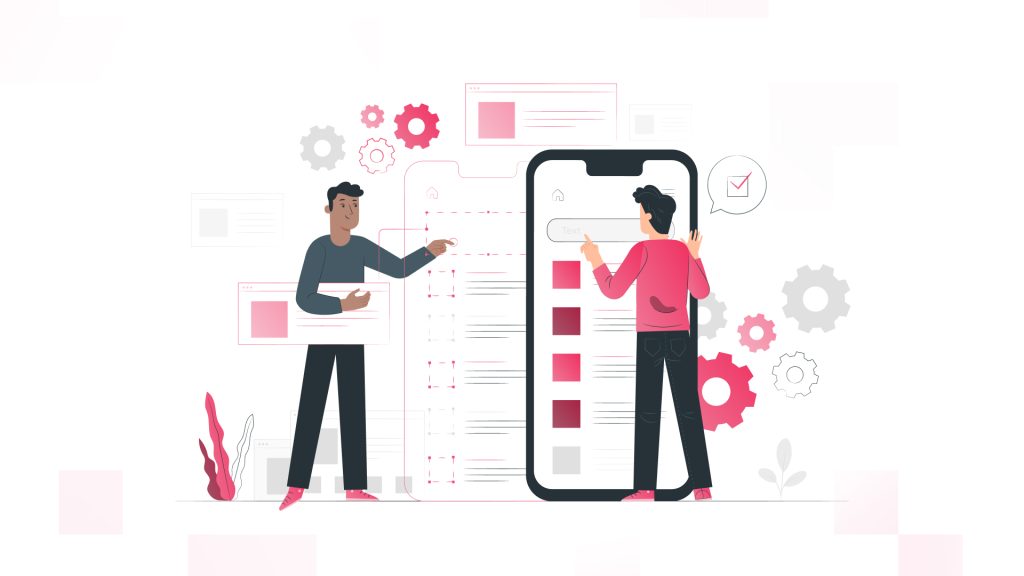
Frameworks with a strong development environment, good documentation, and easy-to-use tools are ideal. Less flexibility-and maybe just as important to developers-is a framework that minimizes debugging, testing, and continuous integration.
Built-in Interactivity with AI, AR, and IoT
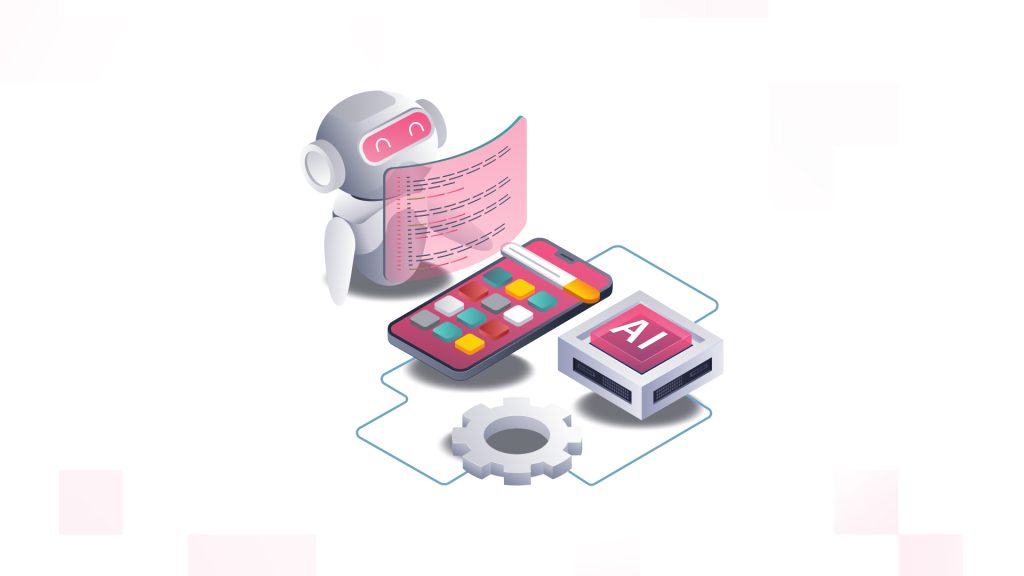
Face it: apps are getting smarter. From chatbots to augmented reality, your platform must allow for integrating newer technologies. The easier it is to integrate AI/ML models, voice assistants, and wearables, the better.
Security & Scalability

As mobile threats rise, security is not optional. A solid framework should include native encryption capabilities, secure APIs, and safeguards against prevalent vulnerabilities. It should scale when your user base grows—from MVP to millions.
UI Flexibility

In 2025, appearance matters. Users love clean, responsive, and adaptive designs. A framework must include customizable UI components and responsive layouts for screens and devices.
Need a Stunning Mobile App Development Services?
We Can Help!
Top Mobile Apps Development Frameworks to Leverage In 2025
Here is the list of the top contenders of mobile app development frameworks in 2025 that have been extensively tried and tested for different business requirements.
Flutter (Google)
Best suitable for: Cross-platform apps endowed with native performance and attractive UI
Flutter unduly achieves the top-ranking award as of 2025-well-deserved certainly. It is language Dart backed and enables developers to code once and deploy on Android, iOS, web, and even desktop.
Why Flutter is leading:
- Good-looking UI: Pixel-perfect looking Material and Cupertino widgets
- Great performance: Since it’s compiled (not interpreted) code
- Hot reload: To enjoy lightning-fast development and debugging
- Good community: Backed by Google and popular globally
Best for: Startups, eCommerce apps, MVPs, and businesses with tight deadlines.
React Native (from Meta)
Best for: Solid builds with common business logic across platforms
React Native has great strength due to its roots in JavaScript and the shareability of components. It is more stable with the latest performance upgrades and enhancements in the year 2025.
Reason for choosing React Native:
- Huge library of plugins and tools
- Simple integration with native modules
- Built upon React—many web developers can pick this up fast
- Widespread use—by Instagram, Airbnb, Tesla, etc.
Best suited for: Social media apps, marketplaces, and apps that need rapid prototyping with future scalability.
SwiftUI is a powerful application development tool available from Apple.
Best for: Stylish, high-performing native iOS apps.
Swift UI is the best if you are doing Apple-only development. It uses the Swift programming language and is sitting beautifully within the Apple ecosystem.
Why is Swift UI important in 2025?
- An elegant declarative syntax for programming!
- Native performance and access to iOS features
- Support for all of Apple’s platforms, including iOS, macOS, watch OS, and tvOS
- Regular updates by Apple with every iOS release
Best for: Top-notch applications developed strictly for iOS or Apple.
Kotlin Multiplatform (by JetBrains)
Best for: Sharing business logic between Android and iOS with native UI
Kotlin Multiplatform (KMP) is one of the most thrilling 2025 trends, one that allows you to share core logic in Kotlin but still develop native UIs independently for Android and iOS.
What makes KMP trendy:
- Write once, then reuse – on mobile, web, desktop, and sometimes even back-end.
- A great performance with the benefit of native access.
- JetBrains supports and is popular among Android developers.
- No “framework lock-in”: you own the codebase.
Best for: Enterprise apps, fintech platforms, and rebuilding businesses that need long-term scalability.
Xamarin (.NET MAUI)
Most suitable for Companies on a Microsoft technology stack or developing cross-platform applications.
Xamarin is the most recent addition to .NET MAUI (Multi-platform App UI), which allows developers in C# to develop applications that will run on devices. As the architecture introduced with . NET MAUI progressed throughout 2025, performance skyrocketed.
Main advantages:
- Write C# code and run on Android, iOS, Windows, macOS
- Single project framework, shared business and UI thinking
- Excellent support from Microsoft and excellent tooling in Visual Studio
Ideal for: Current Microsoft shops, .NET, or Azure companies
NativeScript
Best for: JavaScript, Vue, or Angular-based mobile apps with native-like performance
Native Script provides you with native mobile applications using web technology. It’s ideal for teams who adore JS but need better than the usual hybrid options.
Why developers like Native Script
- Native API access directly
- Works with popular frameworks such as Vue.js and Angular
- Suitable for performance-critical or hardware-access applications
Best for: Strong JS-talented dev teams who need more power and flexibility.
Unity (for Game and AR App Development)
Best for: Games, AR apps, and immersive experiences
While Unity is best known for games, in 2025 it’s increasingly used for AR/VR and simulation-based mobile apps.
Why Unity excels:
- Robust rendering engine
- Supports cross-platforms (mobile, desktop, consoles, AR/VR)
- Ideal for high-quality graphics and 3D animations
Ideal for: Game development studios, ed-tech platforms, and brands breaking into AR.
Apache Cordova (Hanging On)
Best for: Low-complexity hybrid apps with few uses’ cases
Although being phased out, Cordova still exists for quick, low-complexity mobile apps. It uses HTML, CSS, and JS to build mobile interfaces.
Why it is still used (sometimes):
- Quick setup
- Large plugin ecosystem
- Works beautifully for internal or PWA-type apps
Best for: MVPs, internal apps, and short-lived app experiments.
Table of Comparison among Mobile App Development Frameworks (2025)
So, here’s the quick and easy-to-understand side-by-side comparison of the top contenders for the best mobile app development frameworks in 2025 – performance, use language, platform support and best situations to use these frameworks.
| Framework | Language | Platform Support | Performance | Best For |
| Flutter | Dart | iOS, Android, Web, Desktop | Near-Native | MVPs, eCommerce, visually-rich apps |
| React Native | JavaScript | iOS, Android | Near-Native | Marketplaces, social apps, startups |
| SwiftUI | Swift | iOS/macOS/watchOS/tvOS | Native | Premium iOS-only apps |
| Kotlin Multiplatform | Kotlin | iOS, Android, Web | Native | FinTech, scalable cross-platform apps |
| .NET MAUI (Xamarin) | C# | iOS, Android, Windows, macOS | Improved Native-Like | Enterprise-level apps using Microsoft stack |
| NativeScript | JavaScript/TypeScript | iOS, Android | Native | JS dev teams building powerful native apps |
| Unity | C# | iOS, Android, AR/VR, Web | High (3D/game-ready) | Game apps, AR/VR, interactive simulations |
| Apache Cordova | HTML/CSS/JS | iOS, Android, Web | Hybrid | Basic apps, internal tools, rapid prototypes |
Need a future-proof Ecommerce store or Mobile app?
Our Experts Can Help!
Real-world use case scenarios:
- If you are a startup constructing a food delivery app, Flutter it fast and UI decent quality.
- If your business is mature and you want to roll out a social networking site, React Native makes sense for its community adoption and iteration speed.
- An exclusive iOS brand? Swift UI for great performance and looks.
- Enterprise with an existing .NET backend? .NET MAUI is your best bet.
- Deploying an AI-driven finance approach? Go with Kotlin Multiplatform-especially if Android is your base.
All these frameworks come with advantages-it depends on the app intent, complexity, team knowledge, and future scalability.
How to Choose the Best Framework for Your App in 2025
With so many choices, choosing the best mobile app development framework in 2025 is not just about features—it’s about compatibility. Here’s a helpful guide to help you narrow down.
Define Your Project Goals
Are you building an MVP to validate an idea? A high-end iOS-only app? Or an enterprise cross-platform app for the world’s users? Your goals will decide your framework choice.
- MVPs/Startups: Choose Flutter or React Native due to their speed and responsiveness
- iOS-only apps: Swift UI gives full access to the Apple universe
- Enterprise apps: Xamarin/.NET MAUI is best for backend integration
- Games or AR/VR apps: Unity is the winner, hands-down
Consider Time and Budget
Tools like Flutter and React Native save time-to-market and expenses by using one codebase for multiple platforms.
- Stricter budget & rushed release? Cross-platform is your friend
- Need best performance? Native frameworks like Swift UI or Kotlin could be warranted with increased investment
Evaluate Your Team’s Competence
Choose the right development company and discuss the framework that aligns with the strengths of your development team.
- If your devs are familiar with JavaScript, React Native or Native Script is a seamless transition
- If your devs are proficient in C#, use .NET MAUI
- If starting from scratch with a new team, Flutter’s learning curve is gentle
Consider Long-Term Maintenance
After launch, think about ease of updates, community backing, plugin ecosystem, and how well the framework supports new OS versions.
- Robustly supported frameworks (such as Flutter, React Native, and Swift UI) tend to mature quickly
- More recent options (like Kotlin Multiplatform) may require a more established team to deal with evolving APIs
Think About App Performance Needs
Want buttery-smooth animations or high-performance UI? Flutter or Swift UI.
- Want access to device hardware like camera, GPS, or Bluetooth? Go Native or use React Native with native modules.
- Building a logic-heavy complex app? Kotlin Multiplatform can share logic while having native UI.
Right Questions to Ask
- What will users be on?
- How quick will your GTM timeline be?
- Will the app be growable at all one day?
- What else does the future hold for possible integrations?
- Choosing a framework for developing mobile apps is all about balancing speed and performance, cost and scale in 2025.
Need Reliable Mobile App Development partner to help grow your Business?
Our Experts Can Help!
Final Thoughts – Smart Choices, Smarter Construction
As 2025 moves along, one thing is certain—mobile app development has never been more dynamic. From clean UIs crafted in Flutter to top-tier apps fueled by Swift UI or Kotlin, the options are limitless. However, with great choices comes great choice fatigue, right?
Therefore, it shouldn’t be a mere trend that would guide which framework to choose, but rather well-understood with respect to an app’s intended use; platform approaches to that kind of application; the capabilities of the team; and growth aspirations in the long term. It should not be “one-size-fits-all” in this case; it’s simply what fits best into the unique picture that you have.
 Shopify
Shopify

















